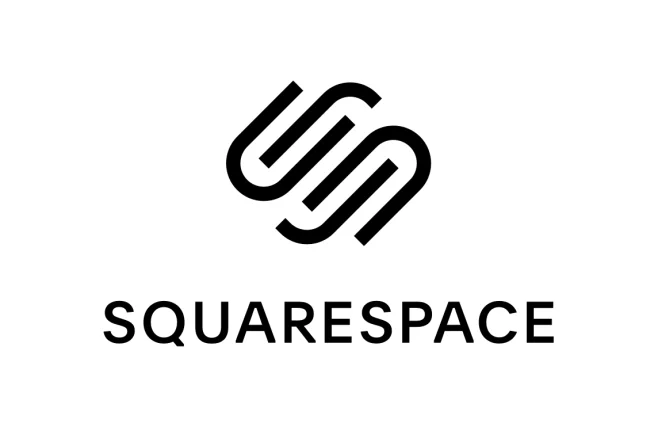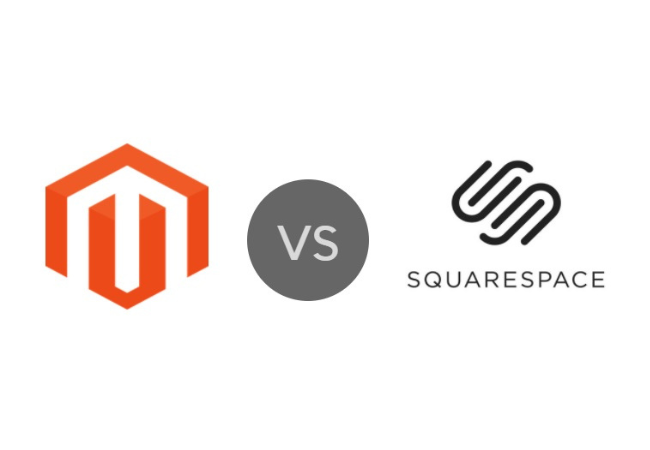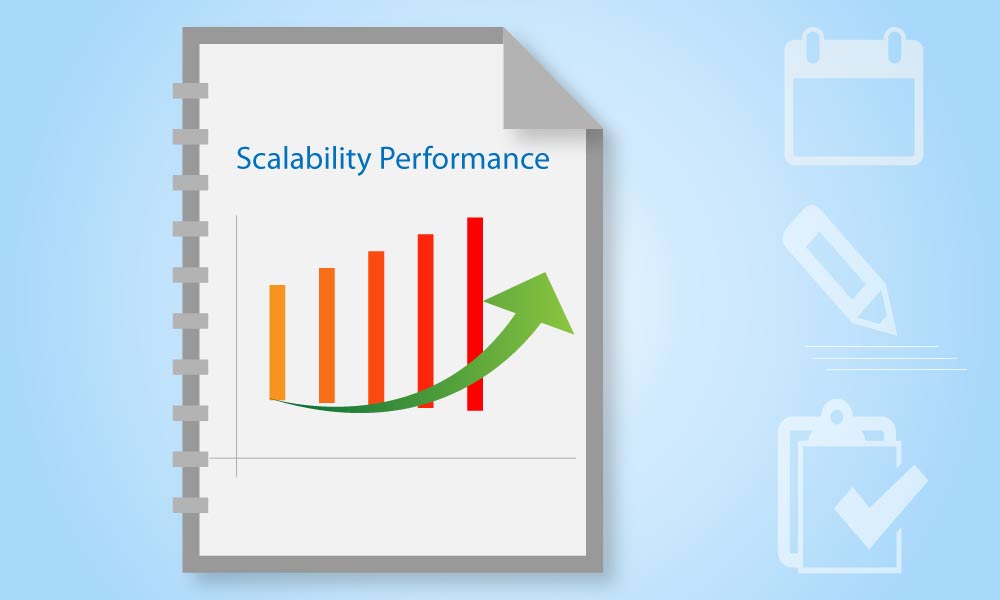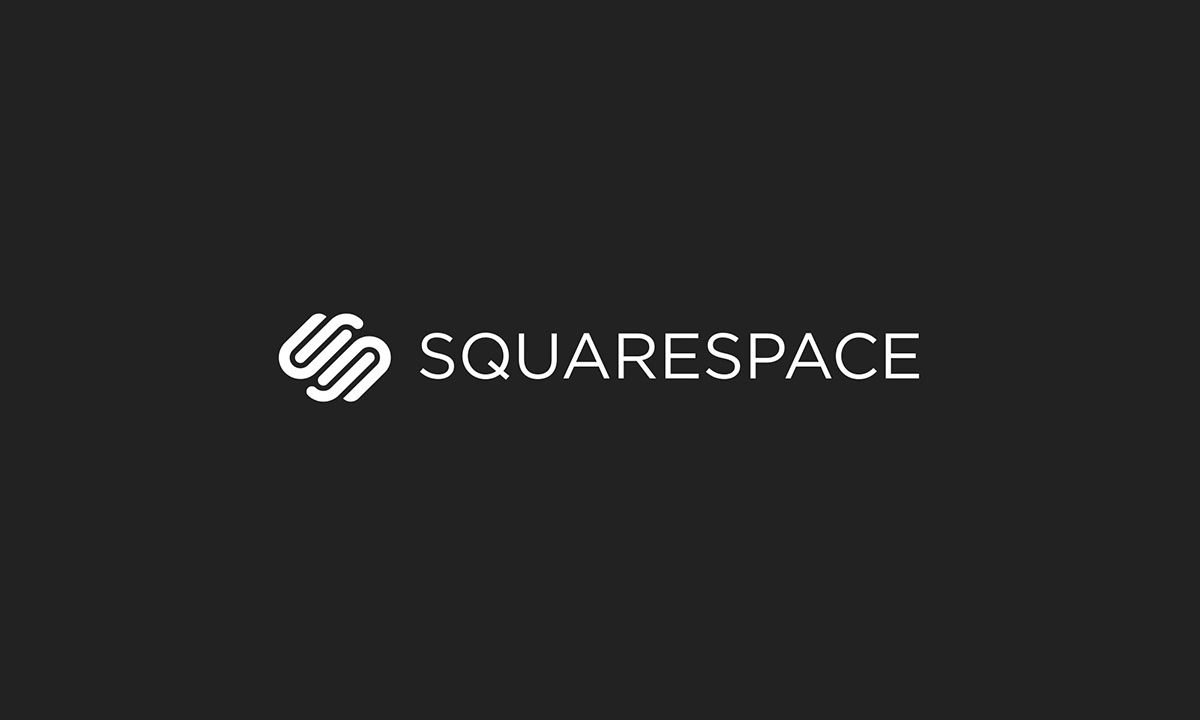In the world of eCommerce, choosing the right platform for your business can be a daunting task. With so many options available, it’s important to carefully consider your needs and requirements before making a decision. Two of the most popular eCommerce platforms available today are Magento and Squarespace. Magento is a powerful and highly customizable open-source platform, while Squarespace is a simpler and more affordable website builder with integrated eCommerce features. In this article, we compare and contrast Magento vs Squarespace across several key factors, including design and customization options, eCommerce features and functionality, scalability and performance, pricing and payment options, and support and resources. By the end of this article, you will have a better understanding of which platform is best suited for your eCommerce needs.
Table of Contents
Overview of Magento
Magento is a popular open-source eCommerce platform that was first released in 2008. It was created to provide a flexible and scalable solution for businesses of all sizes to create and manage their online stores. Today, the platform is one of the leading eCommerce platforms, powering hundreds of thousands of online stores around the world.
Key features of Magento
Magento is a robust eCommerce platform that offers a wide range of features to help businesses create and manage their online stores.

Here are some of the key features of Magento:
- Product management: Magento provides a comprehensive set of tools for managing product catalogs, including the ability to create and edit products, assign attributes, and set up pricing and promotions.
- Order management: Magento makes it easy to manage orders, with features such as order tracking, order editing, and the ability to create invoices and shipments.
- Payment and shipping options: Magento supports a wide range of payment and shipping methods, including multiple payment gateways, shipping carriers, and tax options.
- Customization: Magento is highly customizable, with a vast library of extensions and themes that can be used to add functionality or change the look and feel of a store. Additionally, it allows developers to create custom extensions and integrations to meet specific business needs.
- SEO and marketing tools: Magento includes built-in SEO and marketing tools, such as meta tags, sitemaps, and email marketing campaigns, to help businesses drive traffic and increase conversions.
- Multi-language and multi-currency support: Magento supports multiple languages and currencies, making it easy for businesses to sell products to customers around the world.
- Security: Magento takes security seriously, with features such as SSL support, PCI compliance, and two-factor authentication.
- Mobile responsiveness: Magento is designed to be mobile-responsive, meaning that it will work on a variety of devices and screen sizes, including smartphones and tablets.
Advantages of using Magento
There are several advantages of using Magento as an eCommerce platform.

Here are some of the key advantages:
- Flexibility and customization: Magento allows businesses to tailor the platform to their specific needs. This flexibility is especially valuable for businesses with unique requirements or complex product catalogs.
- Scalability: Magento is designed to scale with a business’s growth. It can handle large amounts of traffic and transactions, making it suitable for businesses of all sizes.
- Comprehensive feature set: Magento provides a wide range of features out of the box, including product management, order management, payment and shipping options, SEO and marketing tools, and security features.
- Open-source: Magento’s community edition is free and open-source, which means that businesses can use and modify the software without paying licensing fees. This makes it an affordable option for small and medium-sized businesses with limited budgets.
- Community support: Magento has a large and active community of developers and users who contribute to its ongoing development and provide support through forums and other channels.
- Integration options: Magento can be integrated with a variety of third-party tools and services, including payment gateways, shipping carriers, and ERP systems, which can help streamline business operations.
Limitations of Magento
While Magento offers many advantages as an eCommerce platform, it is not without its limitations.

Here are some of the key limitations of Magento:
- Complexity: Magento is a complex platform that requires technical expertise to set up and manage. This complexity can make it challenging for small businesses with limited resources to use and maintain.
- Resource-intensive: Magento requires a significant amount of server resources to run smoothly, especially for larger stores with high traffic volume. This can lead to higher hosting costs and performance issues if not properly optimized.
- Customization costs: While Magento is highly customizable, custom development work can be expensive and time-consuming, which can be a barrier for smaller businesses with limited budgets.
- Maintenance and updates: Magento requires ongoing maintenance and updates to ensure security and performance. Keeping the platform up-to-date can be a time-consuming and costly process.
- Integration limitations: While Magento can be integrated with a variety of third-party tools and services, some integrations may require custom development work, which can be expensive and time-consuming.
Overview of Squarespace
The Squarespace website builder was launched in 2003 and has gained significant popularity in the web design industry. Squarespace Commerce is an ideal option for retailers looking to create and manage a sleek and stylish online store.

The platform can also be effectively utilized to design and manage websites for entrepreneurs, including portfolios, business sites, small to medium-sized digital stores, landing pages, and blogs.
Key features of Squarespace
Squarespace provides a wide range of features to help users design and manage their websites, including:
- Templates: Squarespace offers a variety of customizable templates to help users create professional-looking websites without requiring extensive design experience.
- Drag-and-drop interface: The platform provides a user-friendly drag-and-drop interface that allows users to add and arrange content on their websites easily.
- eCommerce functionality: Squarespace Commerce provides built-in tools for managing products, processing payments, and fulfilling orders, making it an all-in-one solution for online stores.
- Mobile responsiveness: All Squarespace templates are designed to be mobile-responsive, ensuring that websites look great on all devices.
- Content management: Squarespace provides a built-in content management system that allows users to easily create and manage pages, blog posts, galleries, and more.
- SEO tools: Squarespace includes built-in SEO tools that help users optimize their website for search engines, including customizable page titles, meta descriptions, and image alt tags.
- Analytics: The platform provides built-in analytics tools that allow users to track website traffic, user behavior, and other key metrics.
- Social media integration: Squarespace allows users to easily integrate social media accounts into their website, including links, buttons, and social media feeds.
Advantages of using Squarespace
Here are some advantages of using Squarespace:
- User-friendly interface: Squarespace’s drag-and-drop interface and customizable templates make it easy for users to create professional-looking websites without requiring extensive design or development experience.
- All-in-one platform: Squarespace provides an all-in-one platform for website design, hosting, and eCommerce, making it a convenient and cost-effective solution for businesses and individuals.
- Customization options: Squarespace provides a wide range of customization options, including customizable templates, fonts, colors, and more, allowing users to create a unique website that reflects their brand.

- SEO tools: Squarespace includes built-in SEO tools that help users optimize their website for search engines, improving their visibility and search rankings.
- Integration options: Squarespace allows users to easily integrate with a wide range of third-party tools and services, including social media, email marketing, and more.
- Customer support: Squarespace provides extensive customer support, including 24/7 email support, live chat, and an extensive knowledge base.
Limitations of Squarespace
While Squarespace is a powerful platform for website design and eCommerce, there are some limitations that users should be aware of:
- Limited customization options: While Squarespace provides a wide range of customization options, users may find that their design options are limited by the platform’s templates and design tools. Users looking for more advanced customization options may need to work with a developer or switch to a more flexible platform.
- eCommerce limitations: While Squarespace provides a powerful eCommerce platform, it may not be suitable for businesses with more complex eCommerce needs. For example, businesses that require advanced inventory management or custom shipping rules may need to use a more specialized platform.
- Limited blog functionality: While Squarespace provides basic blogging functionality, it may not be suitable for businesses or individuals with more complex blogging needs. For example, users looking for advanced blogging features such as multiple authors, custom post types, or advanced content management may need to use a more specialized platform.
- Limited third-party integrations: While Squarespace integrates with a wide range of third-party tools and services, there may be some tools or services that are not compatible with the platform. Users should carefully review Squarespace’s list of integrations before choosing the platform to ensure that it meets their specific needs.
- No access to source code: Squarespace does not provide access to its source code, which may limit the ability of users to make advanced customizations or modifications to their website. Users who require access to the source code may need to use a more flexible platform.
Comparison of Magento vs Squarespace
Design and customization options
When it comes to design and customization options, there are some significant differences between Magento and Squarespace.

Magento offers a high degree of design flexibility, allowing users to create custom themes and templates using a wide range of design tools and techniques. Magento also supports a wide range of third-party themes and templates, which can be purchased or downloaded for free from the Magento Marketplace. This makes it an ideal platform for businesses that require a high degree of design customization and flexibility.
On the other hand, Squarespace provides users with a range of highly customizable templates and design options, allowing users to create unique and professional-looking websites without requiring extensive design or development experience. Squarespace’s templates are highly flexible and can be customized using a range of design tools and techniques, allowing users to create a website that reflects their brand and vision.
While Magento offers a higher degree of design flexibility, it also requires a higher level of technical expertise to create custom designs and templates. On the other hand, Squarespace provides a more user-friendly and accessible design experience, making it an ideal platform for users with limited design or development experience.
eCommerce features and functionality
Regarding eCommerce features and functionality, Magento vs Squarespace offers powerful tools and options for businesses looking to sell products or services online. However, there are some significant differences between the two platforms.
Magento is a dedicated eCommerce platform that offers a wide range of advanced eCommerce features. One of its key strengths is its advanced product catalog management, which allows businesses to easily manage and organize their product catalogs. This includes support for configurable products, product bundles, and virtual products, as well as the ability to manage product options, attributes, and categories.
In addition to its product catalog management capabilities, Magento also offers a comprehensive set of payment and shipping options. This includes support for multiple payment gateways, custom payment methods, and flexible shipping rules and options. Magento also provides advanced customer management features, including support for customer groups, personalized pricing and promotions, and customer segmentation.

When it comes to ordering management and fulfillment, Magento provides robust options for businesses to manage their orders and fulfill their products. This includes support for multiple warehouses and shipping carriers, real-time shipping rates, and order tracking and management. Magento also provides advanced reporting and analytics features, including sales and performance reports, customer behavior analytics, and A/B testing capabilities.
In contrast, Squarespace offers a more streamlined eCommerce experience, with a focus on simplicity and ease of use. While it may not offer the same level of advanced eCommerce features as Magento, it still provides a range of powerful tools and options for businesses looking to sell products or services online.
Squarespace’s eCommerce features include built-in eCommerce functionality, allowing businesses to easily create an online store and manage products and orders. Squarespace also supports both digital and physical products, including the ability to sell products with multiple variants and options. It provides secure payment processing, including support for major payment gateways such as Stripe and PayPal.
Moreover, Squarespace offers basic order management and fulfillment options, including order tracking and notifications. Squarespace’s reporting and analytics features are also more basic than Magento’s, providing basic sales reports and customer behavior data.
While Magento offers a more comprehensive and advanced set of eCommerce features, it also requires a higher level of technical expertise to set up and manage. In contrast, Squarespace offers a more user-friendly and accessible eCommerce experience, making it an ideal platform for businesses with less complex eCommerce needs or limited technical expertise.
Scalability and performance
Concerning scalability and performance between Magento vs Squarespace, Magento is a highly scalable platform that is designed to handle large volumes of traffic and transactions. It is built on a robust architecture that allows for easy scalability as your business grows. Magento also offers a range of caching options, including full-page caching, to help improve site performance.

In terms of performance, Magento can be highly optimized for speed and performance, but this often requires technical expertise and a dedicated hosting environment. Magento’s high level of flexibility and customizability means that it can be tailored to meet the specific needs of your business, but this also means that it can be more complex to manage and optimize for performance.
Squarespace, on the other hand, is a more lightweight platform that is designed to be easy to use and manage. It offers a simple drag-and-drop interface and a range of templates that make it easy to create and customize your website. Squarespace also provides built-in caching and content delivery networks (CDNs) to help improve site performance.
While Squarespace may not be as scalable as Magento, it is still capable of handling moderate levels of traffic and transactions. However, as your business grows, you may find that Squarespace’s limited scalability and customization options become a bottleneck for your growth.
Magento vs Squarespace offers scalability and performance, but Magento is better suited for businesses that require a high level of scalability and performance, while Squarespace is a better choice for businesses with more modest eCommerce needs or limited technical expertise.
Pricing and payment options
When it comes to pricing and payment options, Magento vs Squarespace has some significant differences.

Magento is an open-source platform that is available for free, but you will need to pay for hosting and development costs. Magento offers three different editions: Community, Enterprise, and Cloud. The Community edition is free and offers basic eCommerce functionality, while the Enterprise and Cloud editions come with more advanced features and support options, but at a higher cost. The cost of hosting and development for Magento can vary widely depending on your needs, but it is generally more expensive than Squarespace.
Squarespace, on the other hand, offers a range of pricing plans that include hosting and development costs. Squarespace offers four pricing plans: Personal, Business, Basic Commerce, and Advanced Commerce. The Personal plan is the cheapest and offers basic website functionality, while the Commerce plans come with eCommerce features such as product listings, checkout, and payment processing. Squarespace’s pricing plans are relatively affordable, but they do charge transaction fees on all sales made through their platform.
In terms of payment options, Magento vs Squarespace offers a range of payment gateway integrations, including PayPal, Stripe, and Authorize.net. However, Magento offers more payment options than Squarespace, including support for more than 50 payment gateways. Magento also offers more flexibility in terms of payment methods, such as the ability to accept cash on delivery, bank transfers, and checks.
When it comes to pricing and payment options, Squarespace is generally more affordable and easier to get started with, while Magento is more customizable and scalable, but comes with higher development and hosting costs.
Support and resources
Support and resources are important factors to consider when choosing an eCommerce platform. Magento vs Squarespace offers different levels of support and resources for their users.

Magento offers a wide range of resources and support options. As an open-source platform, there is a large community of developers and users who can provide support and guidance through forums, blogs, and other online resources. Magento also provides official documentation, user guides, and tutorials to help users get started and troubleshoot issues. Additionally, Magento offers paid support options for businesses that require more advanced technical support.
Squarespace, on the other hand, provides more limited support and resources. Squarespace offers a comprehensive knowledge base with articles and tutorials to help users get started and troubleshoot issues. They also offer email support, but live chat and phone support are only available for users on their higher-priced plans. Squarespace’s community is not as large as Magento’s, but they do have a community forum where users can ask questions and share advice.
Magento provides more extensive support and resources for its users, including a larger community and a wider range of support options. Squarespace, while still offering helpful resources, is more limited in terms of support and community.
Verdict: Which one is better for businesses?
Magento
You should choose Magento over Squarespace if:
- Require a highly customizable eCommerce solution: Magento is an open-source platform that provides a high level of customization and flexibility, allowing businesses to tailor their eCommerce stores to their specific needs. If your business requires advanced eCommerce features or customizations, Magento is a better choice than Squarespace.
- Have a larger budget for hosting and development costs: While Magento is free to download and use, hosting and development costs can be significant. If your business has a larger budget for these costs, Magento can provide a more scalable and robust eCommerce solution than Squarespace.

- Need more advanced payment options: Magento offers a wider range of payment options than Squarespace, including the ability to accept cash on delivery, bank transfers, and checks. If your business requires more advanced payment options, Magento is a better choice.
- Have an experienced development team: Magento can be complex to set up and customize, and it may require the expertise of an experienced development team. If your business has an experienced development team or has access to one, Magento is a good choice.
- Require more extensive support and resources: Magento provides a wider range of support and resources than Squarespace, including official documentation, user guides, tutorials, and paid support options. If your business requires more extensive support and resources, Magento is a better choice.
Squarespace
You should choose Squarespace over Magento if:
- Have a smaller budget for hosting and development costs: Squarespace offers affordable pricing plans that include hosting and development costs, making it a better option for businesses with smaller budgets.
- Look for a simpler eCommerce solution: Squarespace offers an intuitive and user-friendly platform that is easy to set up and use, making it a good choice for businesses that don’t require complex eCommerce features.
- Want a website builder with integrated eCommerce features: Squarespace offers a website builder with integrated eCommerce features, making it a good option for businesses that want a seamless website and eCommerce experience.
- Need a platform that provides customer support: Squarespace offers email support, a comprehensive knowledge base, and community forums to help users troubleshoot issues and get answers to their questions.
- Want a platform that provides basic payment options: Squarespace offers basic payment options such as credit card processing and PayPal integration, making it a good option for businesses that don’t require advanced payment options.

Squarespace is a better option for businesses that require a simpler, more affordable eCommerce solution with basic payment options and customer support. It is also a good choice for businesses that want a website builder with integrated eCommerce features.
In conclusion,
Choosing the right eCommerce platform for your business can be a challenging task, and it’s important to carefully consider your needs and requirements before making a decision. Magento vs Squarespace is both a popular and highly regarded platform, each with its own strengths and limitations. Magento is a highly customizable and scalable platform, making it a good option for larger businesses with complex eCommerce requirements, while Squarespace offers a simpler and more affordable solution for small to medium-sized businesses. Ultimately, the choice between Magento vs Squarespace will depend on the specific needs and goals of your business. We hope this article has provided you with a better understanding of the key differences between these two platforms and has helped you make an informed decision about which one is right for you. Subscribe to our newsletter so that you do not miss any of our updates.











